#Diego Rodríguez de Silva y Velázquez
Text
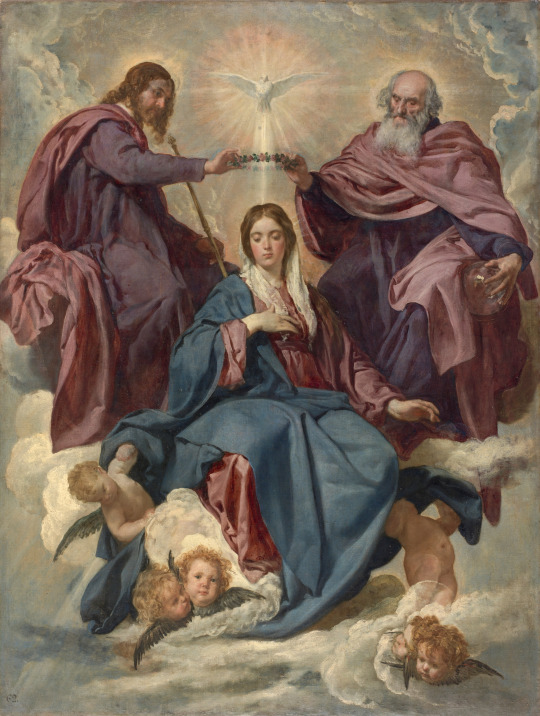
Diego Rodríguez de Silva y Velázquez (Spanish, 1599-1660)
The Coronation of the Virgin, 1635-36
Museo Nacional del Prado
#Diego Rodríguez de Silva y Velázquez#Diego Velázquez#the coronation of the virgin#1600s#art#fine art#european art#classical art#europe#european#oil painting#fine arts#europa#mediterranean#christian art#christian#christianity#catholic#catholic art#catholicism#at#spanish art#spanish#hispanic#latin#western civilization
420 notes
·
View notes
Text



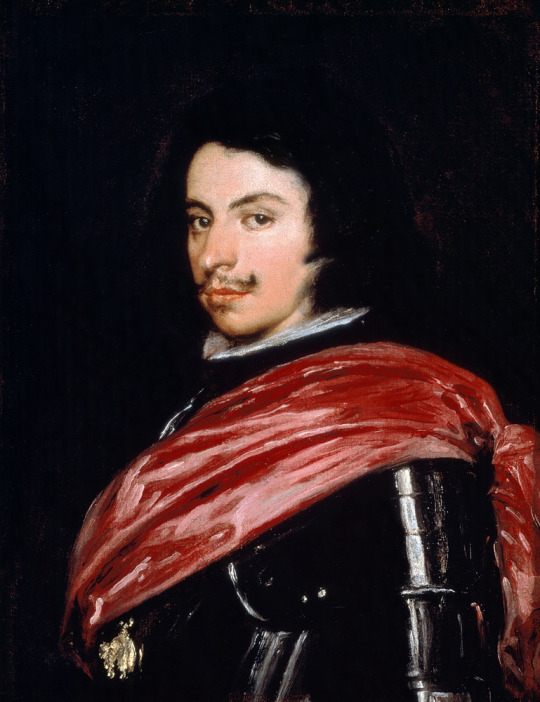


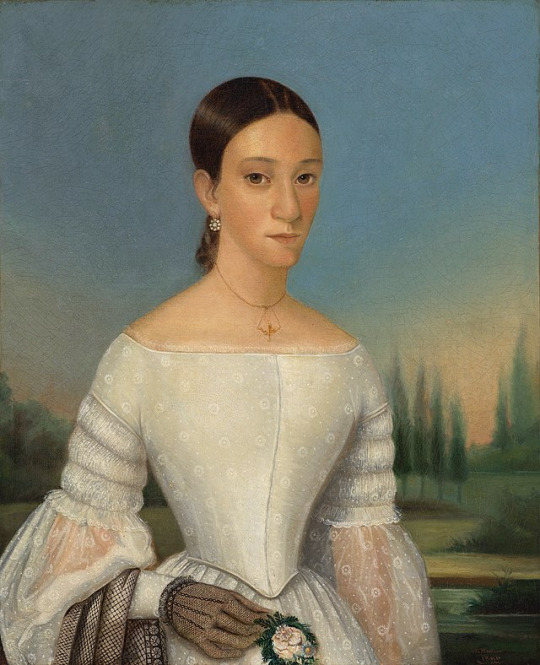
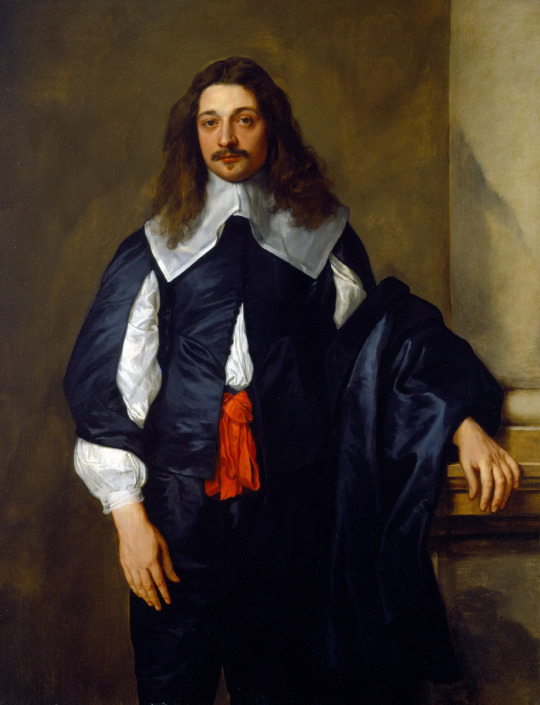
Starting a collection of pre-photography (~1826) painted portraits I've seen that give me the same feeling as photographic portraits. Feel free to add your own, especially if it’s older or lesser known paintings!
❧
Untitled (Portrait of a Man) by Antonello da Messina, circa 1475
Admiral Peter Rainier by Unidentified Artist, 1778-87
Juan de Pareja by Diego Rodríguez de Silva y Velázquez, 1650
Portrait of Francesco I d'Este by Diego Rodríguez de Silva y Velázquez, 1638-1639
Portrait of Louis XVI, King of France by Joseph Duplessis (workshop of), 1777-1789
Mummy Portrait of a Woman with Earrings, Egyptian, Roman Imperial period, c. 130–140 CE, at Harvard Art Museums/Arthur M. Sackler Museum.
Portrait of a Young Woman in White by Julien Hudson, 1840
Pompone Il De Bellievre, Chevalier Seigneur De Grignon by Sir Anthony Van Dyck, 1640 - 1641
#paintings#portraits#text text text#Antonello da Messina#Diego Rodríguez de Silva y Velázquez#Joseph Duplessis#Mummy Portrait#Julien Hudson#Anthony Van Dyck#yes i put velazquez twice YES that's cheating bc he's too good so sue me#Obv this is super western euro / us centric bc that's what I was raised on and what I have access to#but im on the lookout for things that are Not That
5 notes
·
View notes
Text


Diego Rodríguez de Silva y Velázquez (1599-1660, Spanish) ~ The Coronation of the Virgin, 1635-36
#diego rodríguez de silva y velázquez#diego velázquez#spanish art#coronation#the coronation of the virgin
214 notes
·
View notes
Text

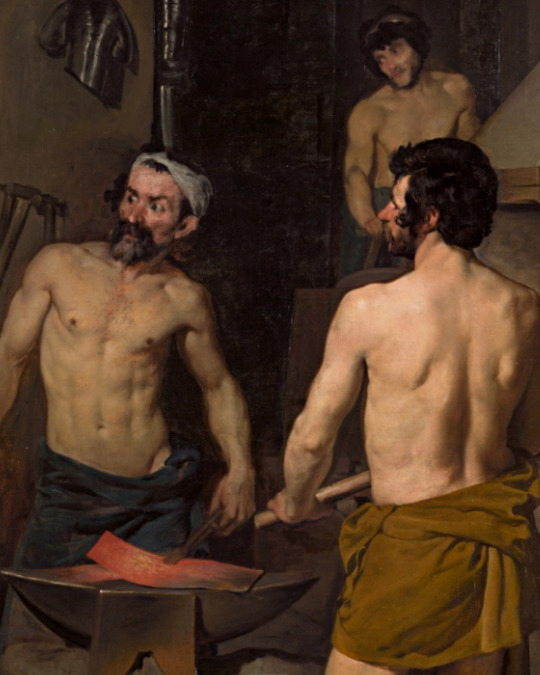

“Vulcan's Forge”, c.1630 by Diego Rodríguez de Silva y Velázquez (1599–1660). Spanish painter. Museo Nacional del Prado. oil on canvas
340 notes
·
View notes
Text
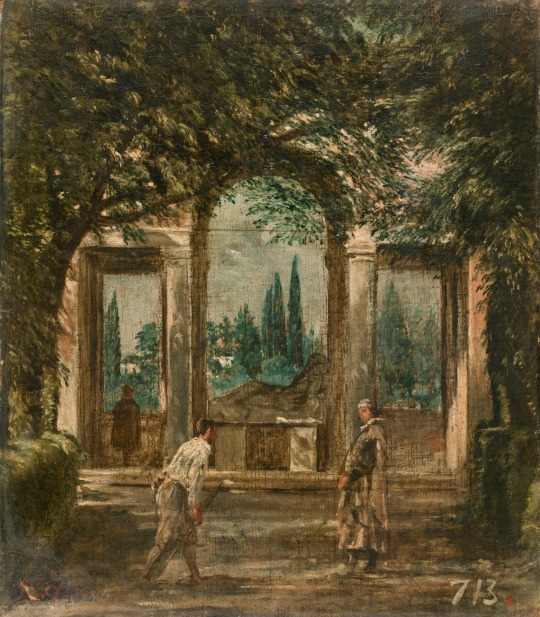
VELÁZQUEZ, DIEGO RODRÍGUEZ DE SILVA Y (Hacia 1630) Vista del jardín de la Villa Medici de Roma con la estatua de Ariadna [Óleo sobre lienzo] Museo Nacional del Prado, Madrid, España
#art#art history#arte#historia del arte#pintura#painting#oil on canvas#paintings#17th cenutyr art#17th century art#17th century#XVII art#XVII#diego velázquez#velázquez#mythology#classical mythology#Rome#Madrid#Medici#Ariadna#Ariadne#greek myth#ancient greek mythology#spanish classical art#spanish art#Spain#museo nacional del prado#el prado#museo del prado
35 notes
·
View notes
Text
Best funcionario award's


Round 2 - Match 4
25 notes
·
View notes
Text

Tiziano Vecelli (Titian)- Bacchus and Ariadne - 1520
oil on canvas - 69.5 in × 75 in

Antonio Pietro Zucchi - Bacchus and Ariadne, within a feigned octagon
oil on canvas - 31 x 31in

Willem Van Mieris the Elder - Bacchus and Ariadne
oil on canvas - 30 x 33in
A Barrelful of Bacchus -> You've been warned

Pieter van Avont - Young Bacchus riding a leopard
oil on panel - 7 7/8 x 10 3/4in

Jacopo Tintoretto - Bacchus
oil on canvas - 46 3/4 x 37 1/2in

German School, 18th Century - Bacchus and Ariadne
oil on canvas - 27 3/8 x 22 5/16in
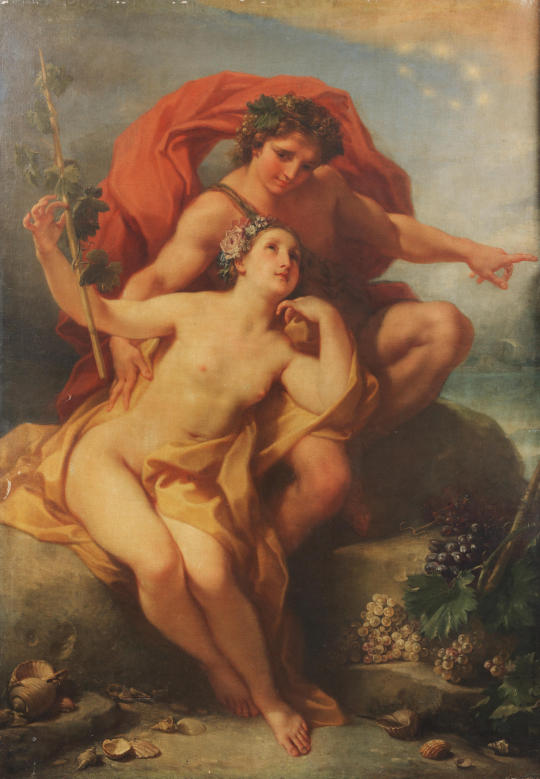
Benedetto Luti - Bacchus and Ariadne
oil on canvas - 69 x 48 5/8in

Augustin Terwesten - Bacchus and Ariadne
oil on canvas - 46 x 52 1/2in
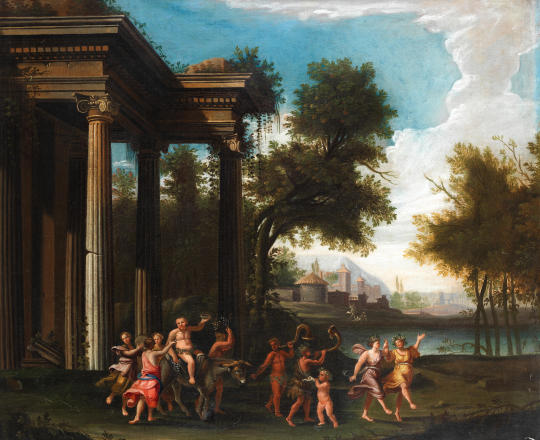
Alberto Carlieri - The Triumph of Bacchus
oil on canvas - 25 1/16 x 29 9/16in

Giulio Romano, 18th Century - The Triumph of Bacchus
oil on canvas - 17 11/16 x 49 5/16in
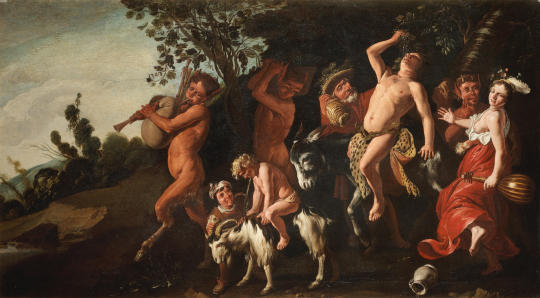
Claes Cornelisz - The Triumph of Bacchus
oil on canvas - 30 11/16 x 54 15/16in
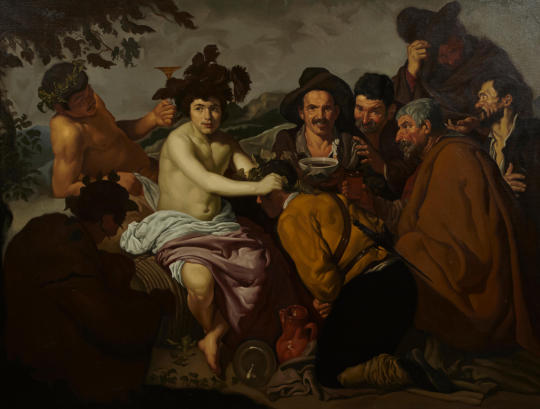
Diego Rodríguez de Silva y Velázquez - The triumph of Bacchus
oil on canvas - 39 1/2 x 53in

Jan Brueghel the Younger & Hendrick van Balen - Venus, Bacchus and Ceres feasting in a wooded glade
oil on copper - 12 3/16 x 13 7/8in

Abraham Janssens - Ceres, Bacchus and Venus

Jacob Jordaens - Bacchus
oil on canvas - 77 1/2 x 94 1/2in

German School, 18th Century - Ceres and Flora adorning a statue of Bacchus
oil on canvas - 22 15/16 x 19 3/4in

Jean-Baptiste Belin de Fontenay - A still life with a bust of Bacchus, a dish of fruit, large platters and two figures looking on - oil on canvas - 57 3/8 x 76 7/8in.
6 notes
·
View notes
Text

Portrait of Mariana of Austria.
Diego Rodríguez de Silva y Velázquez, 1652-53.
Mariana of Austria was 19 years old when this portrait was painted. She was to become Queen Consort and Queen Regent of Spain and she dominated the political life in Spain until her death in 1696.
The beautiful little child with the captivating eyes, staring out from the centre of Velázquez's most famous painting, 'Las Meninas' (1656), is her daughter, the Infanta Margaret Theresa (pictured below).
Source: the usual.

2 notes
·
View notes
Photo

(vía Velázquez (Diego Rodríguez de Silva y Velázquez) | Juan de Pareja (ca. 1608–1670) | The Metropolitan Museum of Art)
2 notes
·
View notes
Photo
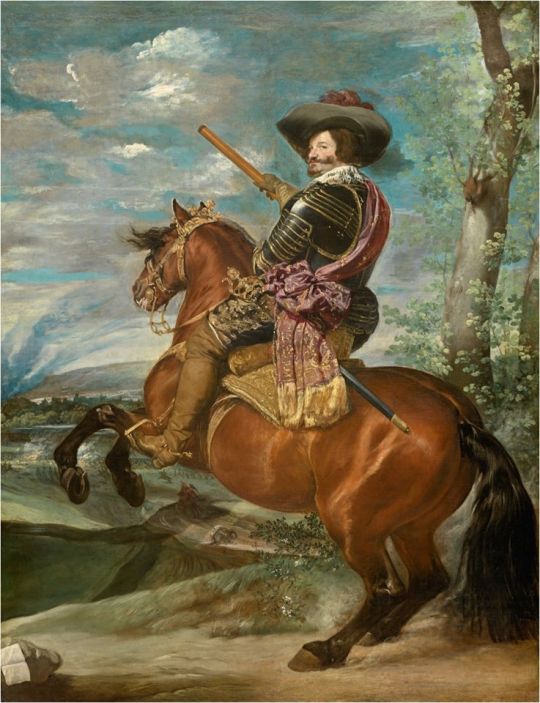
Gaspar de Guzmán, conde-duque de Olivares, a cabalo, por Diego Rodríguez de Silva y Velázquez (ca. 1636)
4 notes
·
View notes
Text

Diego Rodríguez de Silva y Velázquez (Spanish, 1599-1660)
The surrender of Breda (city in the Netherlands), ca.1635
Museo Nacional del Prado
Amongst the group of Spanish victors brandishing their lances, we can make out just as many individual expressions of exhaustion as we can amongst the resigned group of defeated Dutch soldiers.
On June 5, 1625, Justin of Nassau, Dutch governor of Breda, handed over the keys of the city to Ambrosio Spínola, Genoese general in command of the Flanders thirds. The city had extraordinary strategic importance, and was one of the most disputed places in the long struggle between the Hispanic monarchy and the United Provinces of the North. Its capture after a long siege was considered a military event of the first order, and as such it gave rise to a copious written and figurative production, which aimed to exalt the victors. It is not surprising that when it was decided to decorate the Hall of Kingdoms of the Buen Retiro Palace with a series of paintings of victories obtained during the reign of Philip IV, this one, which was probably the most famous, was included, and to represent it, Velázquez, by then the most prestigious painter at the court.
#spanish netherlands#netherlands#spanish#ambrosio spinola#world history#spain#hispanic#latin#art#fine art#european art#classical art#western civilization#europe#european#oil painting#fine arts#europa#mediterranean#dutch#Diego Rodríguez de Silva y Velázquez#1500s#1600s#La rendición de Breda#the surrender of Breda#flanders#diego velazquez#painting#war painting#military painting
36 notes
·
View notes
Text

La fragua de Vulcano
Diego Rodríguez de Silva y Velázquez, 1630, óleo sobre lienzo.
0 notes
Text

DIEGO VELÁZQUEZ: THE PERSONAL LIFE OF GENIUS
We inquire about the painter Diego Velázquez and his personal life and his family
The painter Diego Rodríguez de Silva y Velázquez, such was his full name, is considered worldwide as one of the most important artists in all of History. And with good reason.
0 notes
Text
Day 266/ oct7
Nothing. Roth gudied tour with D at 11, birthday celebration in the afternoon.
0 notes
Text
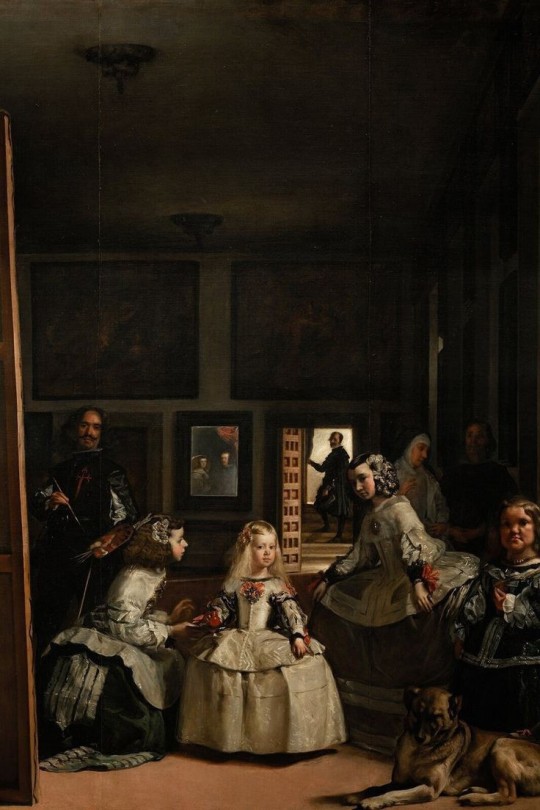
Las meminas - Diego Velázquez
Realizado para el rey Felipe IV de Habsburgo.
Representa a la infanta Margarita, hija del rey, rodeada de los cortesanos a su servicio. Este contiene a once personajes y un perro, entre los que están incluidos el mismo Velázquez autorretratado en el acto de pintar un gran lienzo, y reflejados en un espejo ubicado en la pared del fondo y apenas esbozados, los reyes.
Con la obra logro ampliar el espacio de la representación mediante recursos como la puerta del fondo, el espejo y el uego de miradas de los distintos personajes. Construyó un espacio extremadamente realista mediante las técnicas de la perspectiva científica y atmosférica.

Diego Rodríguez de Silva y Velázquez fue un pintor barroco español considerado uno de los máximos exponentes de la pintura española y maestro de la pintura universal. Nació el 6 de julio de 1599 y falleció el 6 de agosto de 1660.
Reconocimientos...
Pintor más importante del periodo barroco español.
Pintor de cámara de Felipe IV.
Logró un estilo personalísimo que dejaría una huella indeleble en la historia de la pintura.
0 notes
Text
Ovid Blog

Las Hilanderas (The Spinners, c. 1655–60) Diego Rodríguez de Silva y Velázquez.
What makes Las Hilanderas a particularly unique work of art depicting a story in Metamorphoses is its ability to tell more than one of Ovid's transformation stories in one painting. The painting can be interpreted as the story of Lucretia or the story of Arachne. Madlyn Millner Kahr in Velázquez’s Las Hilanderas: A New Interpretation defends interpreting the painting as depicting Arachne's myth by pointing out details that pertain to Arachne's lore. Kahr highlights the tapestry portraying the Abduction of Europa in the background. The tapestry representing the Abduction of Europa is known as the first one Arachne had woven. For the women seen admiring the tapestry, those women may be the Lydian woman who observed Arachne's skill. Lastly, Kahr mentions the musical instrument in the background potentially linking back to the legend in which music is able to reverse the effects of a spider's poison.
Las Hilanderas when viewed through the lens of someone who interprets it as portraying the story of Lucretia also displays details that apply to the tale. Madlyn Millner Kahr points out the female figures in the back and how it may be depicting the moment in the story of Lucretia in which a woman is informing Lucretia of her husband's arrival who is not pictured in the painting. There's also inspiration in the composition of Las Hilanderas that Velázquez takes from other artworks representing scenes of Lucretia's tale. Notably, two pieces from the painter Goltzius.
Unlike Ovid's heavy storytelling of Arachne's tale, Velázquez's artwork is tame and unsuspecting. In Ovid's Fable of Arachne, Athena attacks Arachne with a shuttle and transforms her into a spider. George and Linda Bauer in ASTROLOGY IN ‘LAS HILANDERAS, underline that, unlike other artists' interpretations of Arachne's fable, Velázquez hadn't included the fight that breaks out between Arachne and Athena or the consequences Arachne faces due to her overconfidence.
Citations:
Bauer, George, and Linda Bauer. “ASTROLOGY IN ‘LAS HILANDERAS.’” Source: Notes in the History of Art, vol. 22, no. 4, 2003, pp. 22–29. JSTOR, http://www.jstor.org/stable/23206790. Accessed 27 Aug. 2023.
Kahr, Madlyn Millner. “Velázquez’s Las Hilanderas: A New Interpretation.” The Art Bulletin, vol. 62, no. 3, 1980, pp. 376–85. JSTOR, https://doi.org/10.2307/3050025. Accessed 27 Aug. 2023.
0 notes